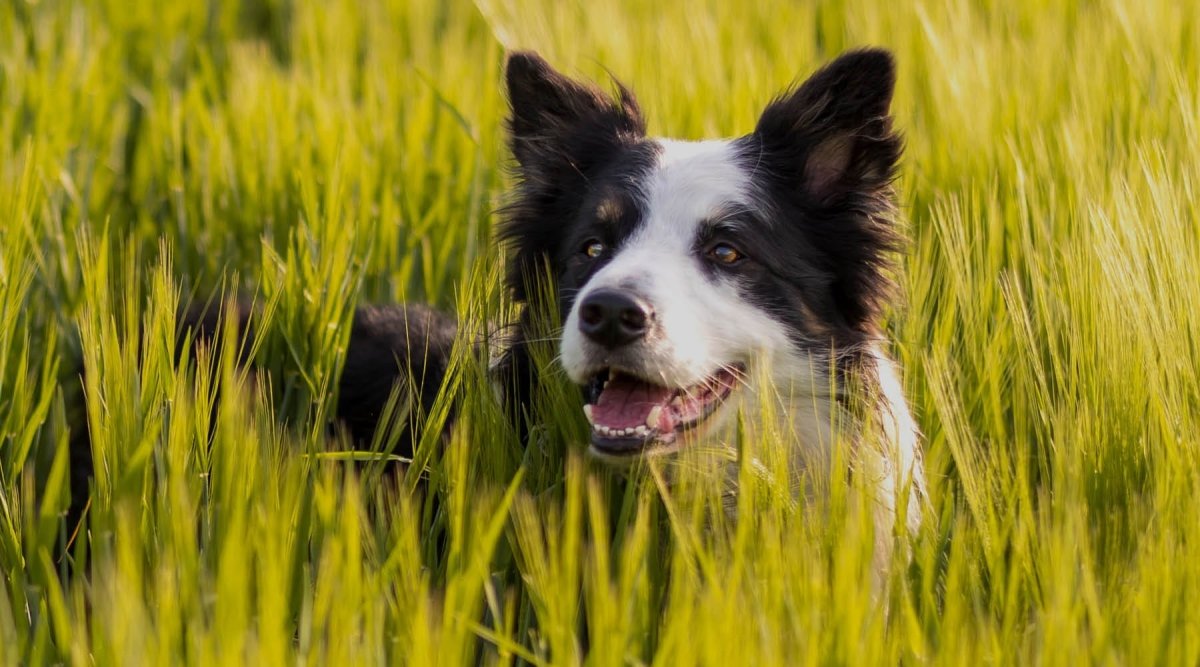Actually, barfing is not as complicated as it first appears. Nevertheless, it is possible to make one or two mistakes when barfing or barf supplements incorrectly. If they are noticed in time, they hardly cause any damage, but if the malnutrition continues over a longer period of time, deficiency symptoms may well develop. Diseases can be the result.
In this article, I will show you the 5 most common mistakes made when barfing and what you should look out for when feeding raw food.
1 BARF ration does not cover the dog's needs
Every person is unique, and animals are no different. They are also individuals with their own characteristics and needs. Therefore, the food should be tailored to your dog's requirements. If your four-legged friend is a calm contemporary who prefers leisurely walks and doesn't let himself be disturbed, then he will need less energy than a dog that is used for hunting and chases its prey over a longer distance. Your four-legged friend's activity, age and state of health determine the daily composition of the BARF menu. You should therefore keep a close eye on your four-legged friend after switching to BARF in order to react early to any imbalance in their diet.
2. too one-sided meat diet
Many dog owners misunderstand BARF: they think that BARF is all about feeding raw meat. Although dogs are carnivores that mainly eat meat, they also eat berries, fruit and vegetables. They make up the smaller part of the diet, but are definitely included. Due to their high fiber content, they stimulate digestion and support the utilization of nutrients. Fruit and vegetables also provide essential vitamins, minerals and fiber, which contribute to your dog's nutrient supply.
3. beware of raw pork
Raw pork should never be fed to dogs or cats. It can contain the Aujeszky's virus and trigger pseudo-ravage in four-legged friends. This disease is caused by the pathogen Suide Herpesvirus 1 (SHV-1) and is fatal in dogs and cats. There is no vaccination or treatment available. The four-legged friend dies very sadly within two days. For this reason, you should be careful when feeding your pet and it is best to remove pork completely from their diet.
4. incompatible and poisonous fruit and vegetables
Although fruit and vegetables are important when barfing, there are foods that are unhealthy or even dangerous for dogs. The amount eaten is usually the decisive factor. Nevertheless, you should avoid foods that are poisonous for dogs.
These include, among others:
- avocados
- grapes
- raisins
- Nightshade plants in their raw state such as potatoes, eggplants and tomatoes
- garlic
- onions
- Almonds, macadamia nuts and some other types of nuts
- chocolate
- coffee
- sweeteners
If you want to be on the safe side, buy your dog vegetable flakes for barfing. They only need to be softened and can be added directly to the meat.
5. cooked bones, too many bones and bone excrement in dogs
Bones are important sources of calcium, phosphorus and other essential minerals. Alongside offal, they are also part of the meat content of a barf ration. However, you should not feed bones cooked or roasted. When heated, they have a porous structure and splinter more quickly. This can lead to injury in the mouth and throat area of your four-legged friend. Carrying bones should also be fed with caution as they are particularly hard and can damage your dog's teeth. When feeding bones, there is also a risk of feeding too much. This contributes to an imbalance in the calcium-phosphorus ratio, leads to an oversupply of minerals and can promote urinary stones. Overfeeding bones can also lead to so-called bone feces. The hard feces may cause blockages in the rectum and can damage the intestines.
An alternative to feeding bones is Meat and bone meal. It supports joints and bones and is a natural source of calcium.
Conclusion
BARF is still the most natural way to feed your four-legged friend. If a few basic rules are observed when barfing, raw feeding is not a closed book and can be implemented by any dog owner. A BARF diet plan, adapted to your pet's needs, makes the changeover easier and can help you to obtain all the important raw materials. If you are still unsure about barfing, you can consult your vet or veterinary practitioner and have the BARF changeover supervised by experts.




